




WORLD JEWISH CONGRESS | NATIONAL COMMUNITY DIRECTORS’ FORUM 17-18 June 2024 | Sofia
Welcome to Sofia! Dobre doshli!
We are excited to share with you this guide book about Bulgaria. We understand that your program for this short visit is quite busy, but we hope you’ll find time to enjoy some of our recommendations and be inspired to come again.
Sofia, the capital and largest city of Bulgaria with over 1.5 million inhabitants and a very rich history dating back thousands of years. From ancient Thracian settlements to Roman, Byzantine, Ottoman, and Communist influences, you can discover the city’s diverse past in its architecture, culture, and traditions.

The Institute for Jewish Policy Research (JPR) estimates that Bulgaria has between 2,000 and 6,000 Jews, with most of the people being Sephardim. The Bulgarian Jewish community (represented by the Organization of Jews in Bulgaria-Shalom) has developed considerably in recent years, with a strong emphasis on reviving communal Jewish knowledge by opening the R.S. Lauder school while currently building Campus Shalom.
Archaeological findings indicate the presence of Jews in what is today Bulgaria as far back as the Roman period. After the establishment of the First Bulgarian Empire in 681, a number of Jews persecuted in the Byzantine Empire are believed to have settled in Bulgaria.
By the time the Ottomans overran the Bulgarian Empire (XIV century), there were sizable Jewish communities in Vidin, Nikopol, Silistra, Pleven, Sofia, Yambol, Plovdiv (Philippopolis), and Stara Zagora. A wave of Ashkenazi Jews arrived in Bulgaria after being banished from Bavaria in 1470. The first Sephardic immigration wave to Bulgarian commenced after 1494, with the newcomers settling in the established centers of the Jewish population.
In 1878, after Bulgaria was liberated from Ottoman rule following the Russo–Turkish War, Jews were granted equal rights by the Treaty of Berlin. The rabbi of Sofia, Gabriel Mercado Almosnino, and three other Jews welcomed the Russian forces in the city and took part in the Constituent National Assembly of Bulgaria in 1879.

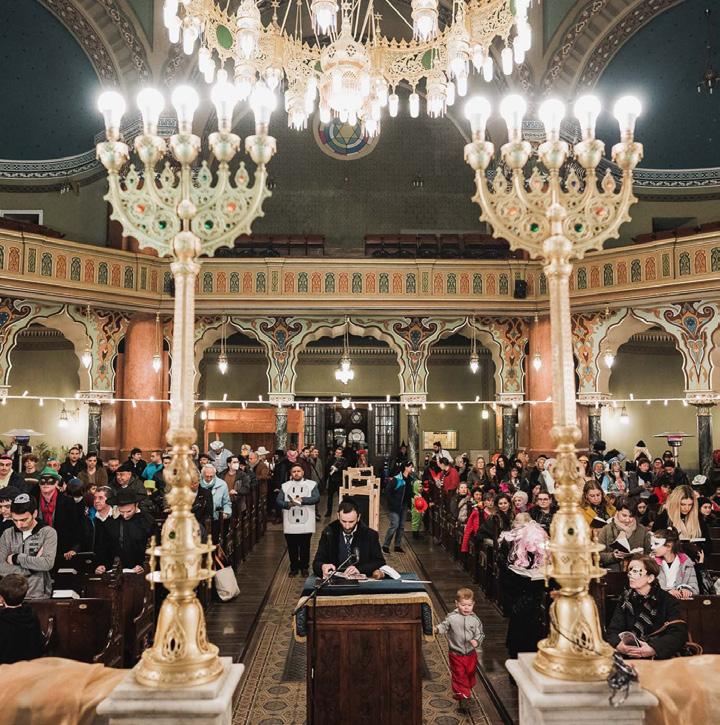

During World War II, Bulgaria was an ally of the Third Reich. Despite the imposition of anti-Semitic laws, a unique and courageous effort by Bulgarian society, including the Orthodox Church and intellectuals, prevented the deportation of most Bulgarian Jews to Nazi death camps. This resistance saved approximately 50,000 lives. Tragically, the fate of 11,343 Jews living in Bulgarian-administered territories - Aegean (Western) Thrace, Macedonia, and Pirot - was different, as they were sent to Treblinka and Auschwitz.
Following the war and the establishment of the State of Israel in 1948, many Bulgarian Jews immigrated to Israel. Today, the Jewish community in Bulgaria is small but vibrant, maintaining cultural and religious activities in Sofia.

Throughout history, Bulgaria has been home to many notable Jewish figures who have made significant contributions to various fields. The author of e Shulhan Arukh - Joseph ben Ephraim Karo, moved to the city of Nikopol after the expulsion from Spain and began his rabbinic education. Another such individual is Elias Canetti, the Nobel Prize-winning author and
philosopher, whose works explore the complexities of human nature and society.
Jules Pascin is another renowned painter and illustrator, celebrated for his vibrant and expressive artworks. Additionally, the esteemed composer Pancho Vladigerov, whose music blends classical traditions with Bulgarian folk elements, has left an indelible mark on the world of music.
Valeri Petrov, a distinguished writer and translator, is also among the famous Bulgarian Jews, known for his profound literary works and exceptional translations of Shakespeare’s plays into Bulgarian (without even speaking English).

We hope you arrived in time to visit the synagogue.The building of the Central Sofia Synagogue is rightly described as the pride of the Bulgarian Jewish community. It is one of the three largest Sephardic (Spanish-Jewish) synagogues in Europe and the largest on the Balkan Peninsula.
In the early 20th century, the Jewish community of Sofia collected donations and
invited the Viennese architect Friedrich Grünanger to prepare a project for the Synagogue. In just 4 years, the architect managed to organize and complete the construction and the inauguration was on the 9th of September 1909. Tombstones from an old Jewish cemetery were used to build the base of the Synagoguе. During the Second World War, Sofia and other cities were bombed. On 13 April 1944, a bomb fell in the northeastern corner of the Synagogue, but it did not explode.
Today during the week days you can see the kids from the kindergarten “Gan Balagan” playing in the courtyard.
Taxis are very affordable, we recommend that you use the company called “YELLOW!” (they are the official transportation company at the airport, beware of fake ones). You can pay cash (BGN) or by card, but make sure you tell the driver in advance. You can also download YELLOW’s App and order a car:





In the center you can find the heritage of tolerance - right next to each other the Banya Bashi Mosque, a beautiful example of Ottoman architecture and the only functioning mosque in Sofia, the Sofia Synagogue, the largest synagogue in Southeastern Europe, the only Catholic church, a Romanian and an Orthodox one as well.
Sofia is home to numerous landmarks showcasing its history and culture, including the iconic Alexander Nevsky Cathedral, the UNESCO-listed Boyana Church, and the ancient Serdica archaeological complex. Visitors can explore these sites to delve into the city’s past. For guided tours and excursions to Sofia’s attractions, we highly recommend Sofia Free tours.

Sofia City Gallery - usually has great exhibitions, check online their schedule, closed on Mondays.
National Gallery: it has two buildings the Palace and Square500 (right behind Alexander Nevski), check online their exhibitions, they are closed on Mondays. Museum of Sofia - at the center of the city, if you decide to visit all the temples and the Women’s market (beware of pickpocketing).
National Historical museum - at the peripheral road of the city, close to the mountains, a bit of an old school experience. Muzeiko - a science museum, suitable for kids even if they are not speaking Bulgarian.

Day trip to Plovdiv - like Rome, Plovdiv straddles seven hills; but as Europe’s oldest continuously inhabited city, it’s far more ancient and has a Roman theater, great food and Hike in Vitosha Mountain - just a 30-minute drive from the city center, you’ll find yourself in the heart of the National Park with breathtaking alpine meadows, century-old forests, and mesmerizing stone rivers. The mountain is dotted with cozy huts, providing the perfect opportunity to take a break and enjoy the nature surroundings. Escape the heat of the city and embark on this memorable adventure. On your way to Vitosha you can visit Boyana Church, an UNESCO heritage site dating from the 10th century. From there if you want to hike you will reach the beautiful Boyana Waterfall.
Experience the enchanting beauty of Rila Monastery and the majestic Rila Mountains on a day trip from Sofia or stop on your way to overnight stay at the charming town of Bansko in the Pirin Mountains, a great place for summer and winter tourism, you will get to enjoy an old town, great trails to hike and a great culinary experience.
Book a day spa trip during your stay in Bulgaria at Pancharevo, Sapareva Banya or Velingrad - great destinations known for their relaxing spa experiences. Bulgaria offers a wealth of interesting places to explore. From the cultural heritage of Veliko Tarnovo to the natural wonders of the Seven Rila Lakes, there’s so many destinations worth visiting in our beautiful country.

Sofia’s culinary scene is vibrant and diverse, offering traditional Bulgarian dishes as well as international cuisine. You must try some of our favorite Bulgarian specialties like banitsa (cheese-filled pastry) and tarator (a cold soup made with yogurt, cucumbers, garlic, dill, and walnuts. It’s especially refreshing during hot summer months.).
Kosher products can be bought from the Synagogue and food can be ordered through Kosher point Alegria.
Of course the city offers great international and upscale restaurants. Here are some recommendations.






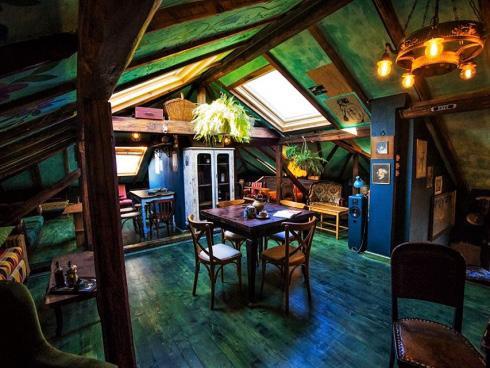





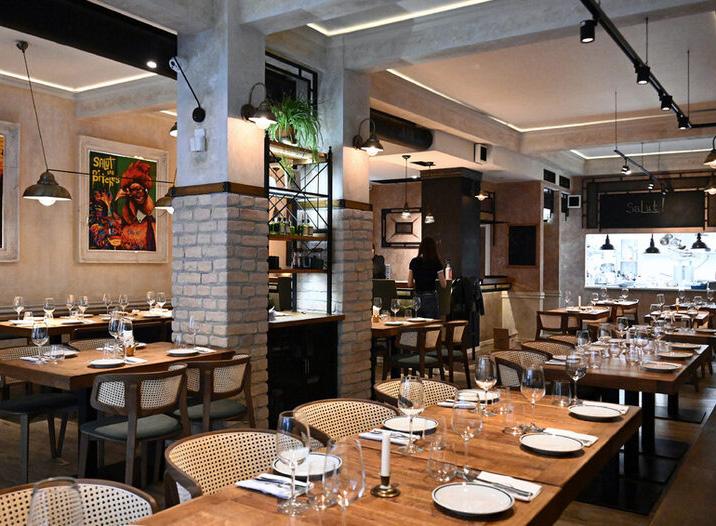

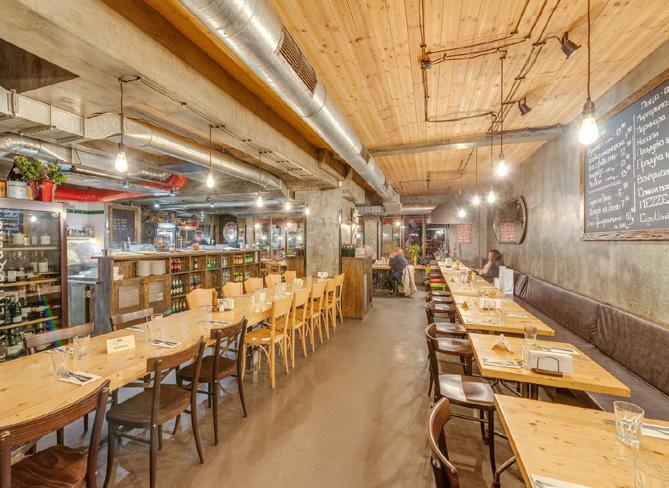


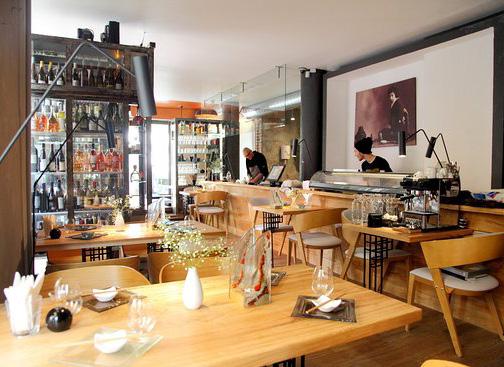


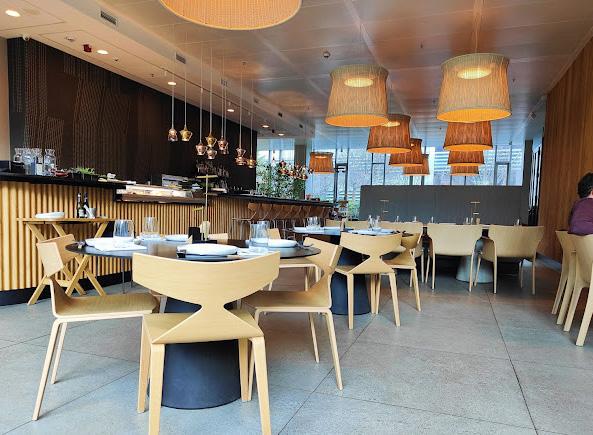

Nightlife:


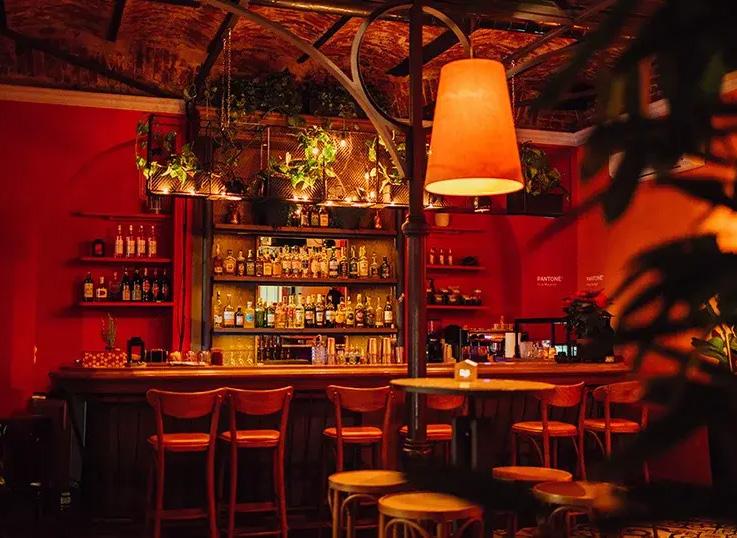




Popular bars

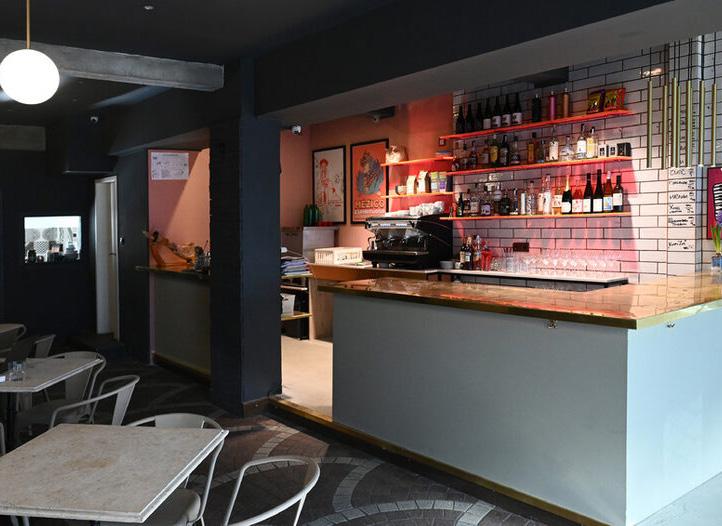

Mini Bar
https://www.instagram. com/mini.bar.gurko/
The first bar for mescal, amazing wines and appetizers.

Hambara Bar
A bar without electricity, a very charming and artistic atmosphere, but if you are intolerant to smoking do not go there (and do not drink their wine). If the door is locked, just knock.


Phine place
www.phine.place/
Wine bar with cozy homey atmosphere.




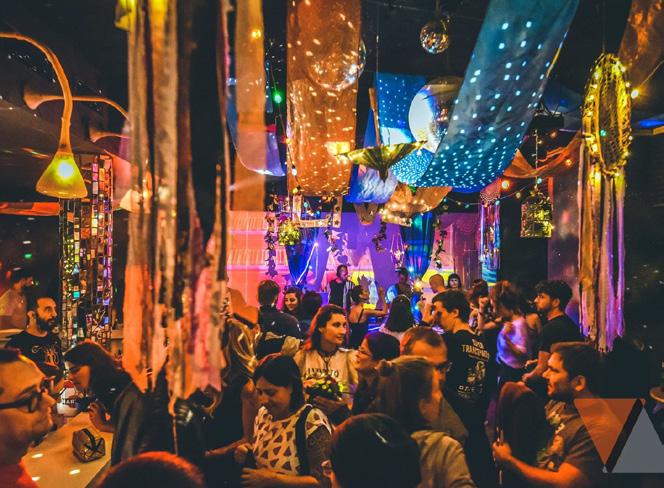




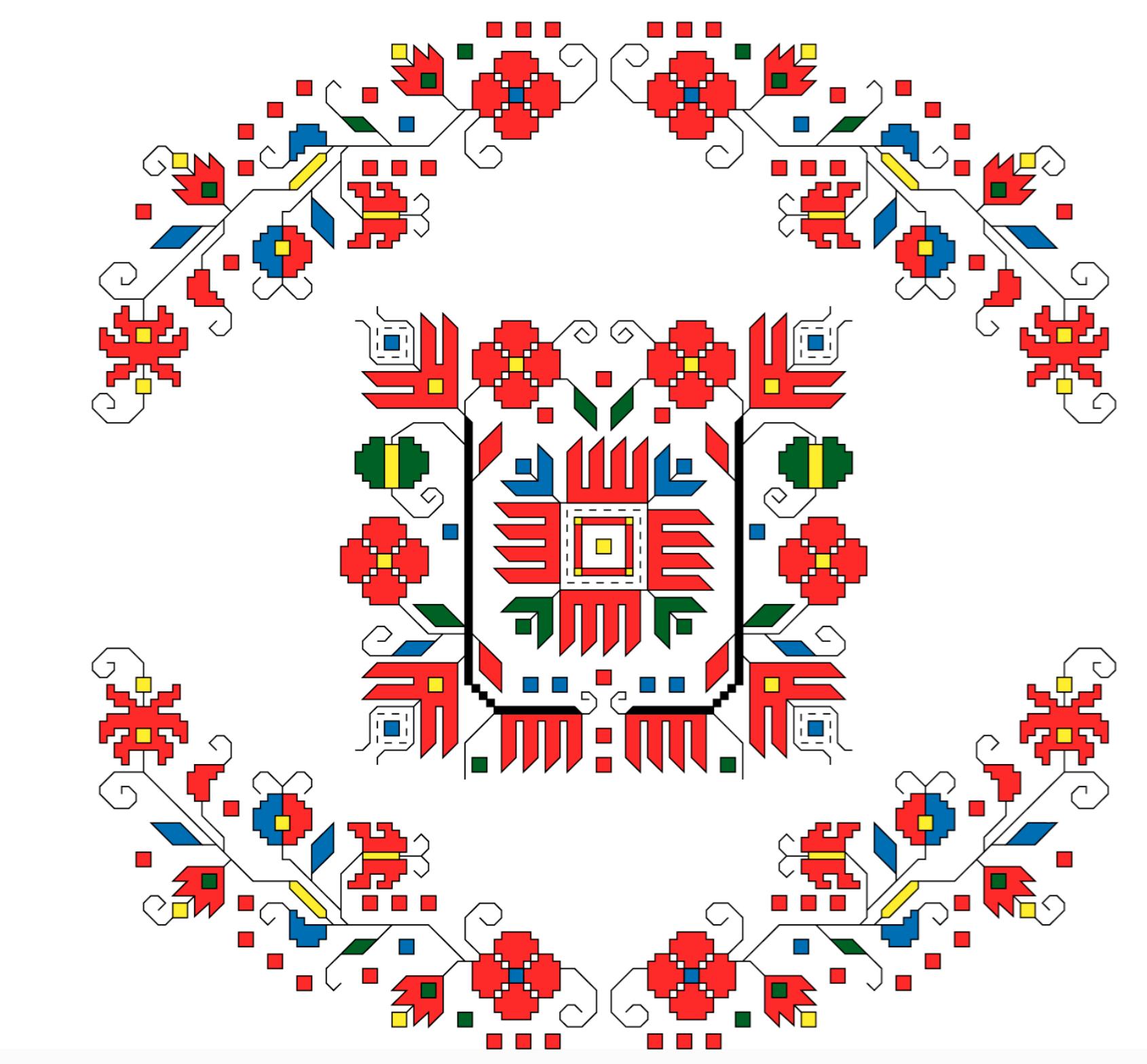
WORLD JEWISH CONGRESS | NATIONAL COMMUNITY DIRECTORS’ FORUM 17-18 June 2024 | Sofia